

Ramen Rich in Flavour
|
Originating in China, ramen was brought to Japan around 1910, a time when Chinese cuisine was receiving more attention. It did not take long for the very first Japanese ramen flavoured with soy sauce, or shoyu, to appear in the Asakusa area of Tokyo. During that time, ramen was sold mainly in sidewalk stalls. Many stalls soon populated the streets of Yokohama Chinatown. Later in the 1950s, someone who had returned to Japan from China began to make Sapporo ramen in Hokkaido, and the dish was well-received. The noodle dish eventually became a boom in the country in the 1990s, especially in the large cities. Since then, ramen has further evolved into what we know today.
Soba and udon are both popular noodles dishes in Japan, alongside ramen. However, what sets ramen apart from the other two? Perhaps it is the addition of kansui (alkaline water) in wheat flour when making the dough, which gives ramen noodles a bouncy texture. A typical bowl of ramen consists of wheat noodles in soup, topped with simmered pork, bamboo shoots, fish paste and vegetables. Generally, ramen can be divided into shoyu (soy sauce) ramen, miso ramen, shio (salt) ramen, and tonkotsu (pork bone stock) ramen. The flavours can be further changed by combining and mixing various seasonings and stock bases, as well as changing up the noodle thickness and firmness. Other variations include tsukemen, where cold noodles are served with dipping sauce, and mazesoba, which is dry, mixed noodles. Ramen has diversified so much, that each region has its own take. Sapporo ramen is known for combining tonkatsu stock with miso, while Hakata ramen is known for its thick, creamy pork bone broth and thin noodles. Other lesser-known regional types include Tottori ramen which uses beef bone broth, and Toyama black ramen which gets its colour from soy sauce blended with fish stock and chicken stock. If you wish to taste different kinds of ramen without having to travel across Japan, there is the option of visiting the Yokohama Ramen Museum. Besides an exhibition explaining the history of ramen, the main attraction is the cluster of ramen shops, each originating from either different parts of Japan or even overseas. In order to allow visitors to enjoy different flavours, the shops offer a mini version of their signature dish. Entering the food hall is like slipping back in time, as the design and atmosphere is reminiscent of Shitamachi, an old town of Tokyo around 1958 when ramen was becoming more popular. Due to the ingredients, it is not common to find halal ramen. However, there are a few restaurants in Japan, as well as Singapore, which have obtained halal certification. The stock may be replaced with chicken stock or bonito stock. It may even have a refreshing spin with the addition of ingredients like yuzu. With so many types, you can be sure to find a bowl of ramen perfectly suited to your tastebuds. |
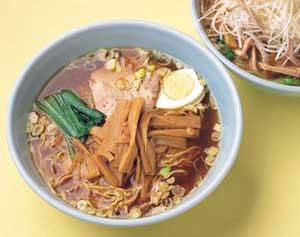 Shoyu ramen © Kono Toshihiko 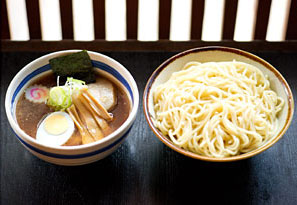 Tsukemen © Web Japan 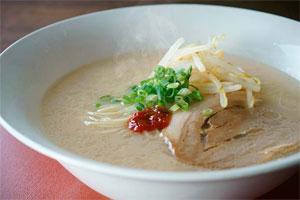 Hakata ramen © Web Japan 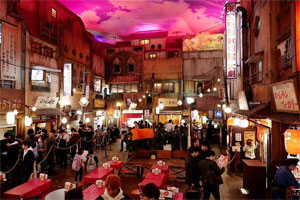 Yokohama Ramen Museum © Japan Up Close 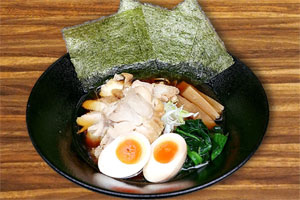 Halal ramen © Mentei Naritaya |
Resources
|
“A Guide to Ramen in Japan”. Japan National Tourism Organization. 2024. Accessed 21 February. https://www.japan.travel/en/guide/a-guide-to-ramen-in-japan/. “Ramen: Different Styles Vie for City Favorite in Tokyo”. 2017. Web Japan. https://web-japan.org/trends/11_culture/pop110728.html. Kishi, Asako. 2001. “Ramen: Eating Chinese Noodles Is Almost a National Pastime in Japan”. NIPPONIA. https://web-japan.org/nipponia/nipponia17/en/appetit/index.html. “Three Currently Popular Halal Ramen Restaurants in Tokyo”. 2020. Web Japan. Accessed 21 February. https://web-japan.org/trends/11_food/jfd202003_halal.html. Sabas, Charles. 2019. “Ramen trip in Yokohama”. Japan Up Close. https://japanupclose.web-japan.org/spot/s20190726_1.html |
|
Japan Creative Centre 4 Nassim Road, Singapore 258372 +65 6737 0434 / jcc@sn.mofa.go.jp https://www.sg.emb-japan.go.jp/JCC/ Nearest parking at Orchard Hotel & Delphi Orchard |
 |